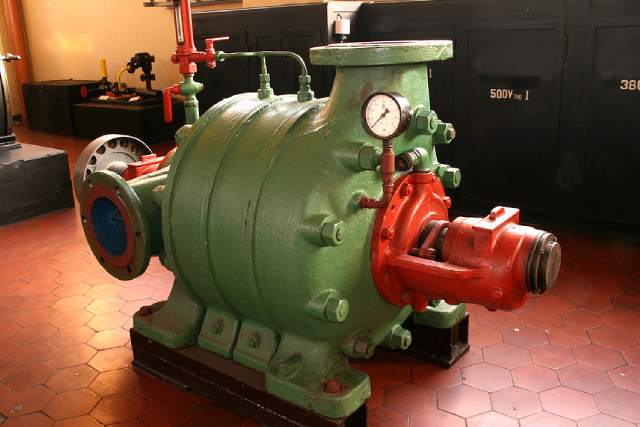Internal Gear Pumps: Best Applications & How They Work

With the wide range of pump solutions today, from centrifugal pumps to magnetic pumps in Singapore, it can sometimes be difficult to decide which is best for a specific application. Which ones can generate the proper flow and pressure? Or manage a given fluid’s viscosity? Answering questions like these and more is necessary to choose the right part for the job. Better yet, consult engineers well-versed in pumps. In preparation for such conversations, this article focuses on internal gear pumps (one of the commonly used pumping solutions today) and their characteristics and inner workings to help you determine if they are what your application needs.
Overview of Internal Gear Pumps
An internal gear pump is a positive displacement pump with high versatility, capable of pumping all kinds of fluids of varying temperatures and viscosities. The pump uses two rotating gears—a rotor gear outside and a small, idle gear inside—to operate and move fluid.
How An Internal Gear Pump Operates
The inner idler gear turns following the outer rotor gear’s rotation and creates a low-pressure zone upon coming out of contact with it. The gears engage back together and force out the fluid from the pump. The liquid thus enters the pump and flows along with the casing to the discharge side.
Maintaining proper gear clearance in internal gear pumps is essential to their efficiency and longevity. Too wide of a clearance and the pump efficiency suffers; too tight, and the gears come into contact with each other leading to damage or complete failure.
Internal gear pumps continue generating flow and building pressure when there is a blockage, unlike centrifugal pumps that cavitate against obstructed discharge lines. The pressure ultimately builds until it is released, which, more often than not, leads to pump failure and high repair or replacement costs. Hence, they are generally equipped with an external or internal relief valve that diverts flow when mounting pressure is in the discharge line to prevent catastrophic failure.
Ideal And Suboptimal Applications
Internal gear pumps work best for high-viscosity fluids as well as other fluid substances like:
- Ink, paints, and pigments
- Various oils and lubricants
- Personal care products (soaps, creams, and pastes)
- Dairy products
- Food products (chocolate, oils, corn syrup, etc.)
These are only a few applications where internal gear pumps shine, and they are also great for those with low Net Positive Suction Head (NPSH) requirements.
In contrast, internal gear pumps do not fare well when dealing with large solids. Given the inherent small tolerances in their design, these large solids can easily cause significant damage and failure. They can generally handle smaller suspended solids in abrasive fluid substances, but they will lead to increased wear and a quicker drop in performance. In short, internal gear pumps typically suffer from reduced efficiency and lower fluid viscosity.
In situations with high discharge pressure and low viscosity in the product, it may “slip” through the pump’s machined clearances and recirculate from the discharge side back to the suction side. Product slip is usually a mere annoyance and issue affecting efficiency. Still, it could lead to more significant problems with certain substances prone to hardening when at rest, like adhesives and chocolate.
Conclusion
Internal gear pumps are a type of positive displacement pump whose high versatility is well sought by many industries today with numerous options for sizing and product temperature thresholds. Whether it is an internal gear pump, centrifugal pump, high-pressure water jet in Singapore or something else, make sure you find the right pump for your application by consulting an experienced engineer before purchasing.

